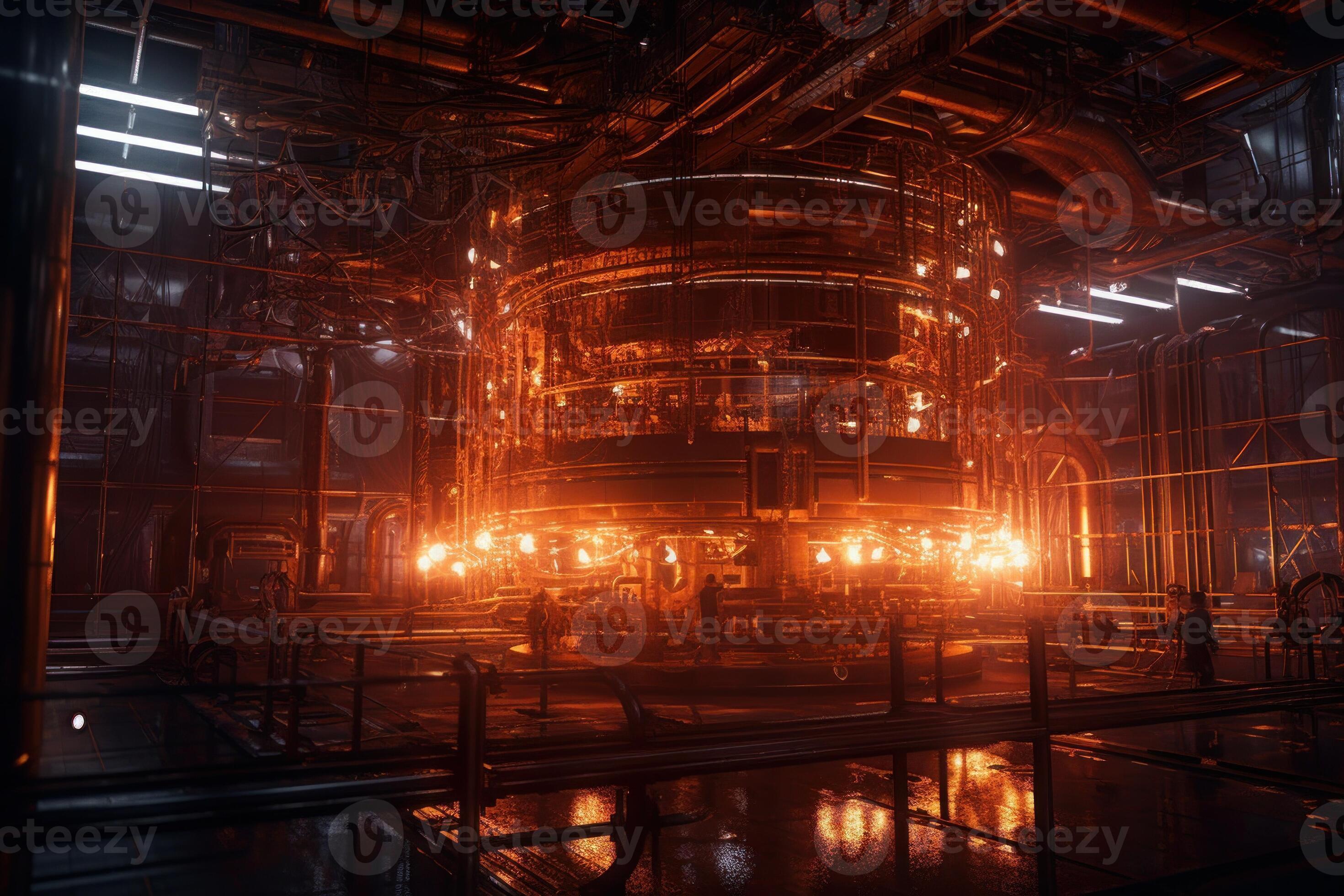NRC report pushes nuclear sector on monitoring and boundaries for AI
The nuclear energy industry is being urged to prioritize continuous monitoring of systems and establish strong boundaries for artificial intelligence tools as the use of this technology continues to expand. This recommendation comes from the Nuclear Regulatory Commission (NRC) in a recent report released in collaboration with the United Kingdom’s Office for Nuclear Regulation and the Canadian Nuclear Safety Commission.
The report outlines potential requirements and governance strategies for AI implementation within the nuclear sector. Key priorities identified include the need for ongoing system monitoring to uphold security and integrity, defining clear boundaries for AI systems, and adopting a modular approach to AI integration in nuclear applications, as detailed in the report.

Challenges and Goals
Despite the rapid advancements in AI technology, the report acknowledges the cautious and methodical nature of the nuclear industry. The primary objective for both industry stakeholders and regulators is to ensure the safety and security of AI systems while leveraging their potential benefits.
One of the main concerns highlighted in the report is the difficulty in fully trusting AI systems to perform critical functions reliably. Unlike traditional systems, quantifying the failure probability of an AI component poses a significant challenge. To address this, the report suggests implementing strategies such as data availability constraints, controlled software input and output, and redundant systems to enhance reliability.
Continuous Monitoring and Modular Approaches
Continuous monitoring of AI systems is emphasized as a crucial practice for preventing failures, preserving system integrity, and detecting anomalies. This includes the use of anomaly detection algorithms, alert mechanisms for potential threats, and monitoring metrics like model accuracy.

The report also advocates for operating AI at a modular level, where systems are divided into smaller, independent modules with well-defined functions. This approach allows for easier isolation and resolution of issues within specific modules without compromising the overall system performance.




















